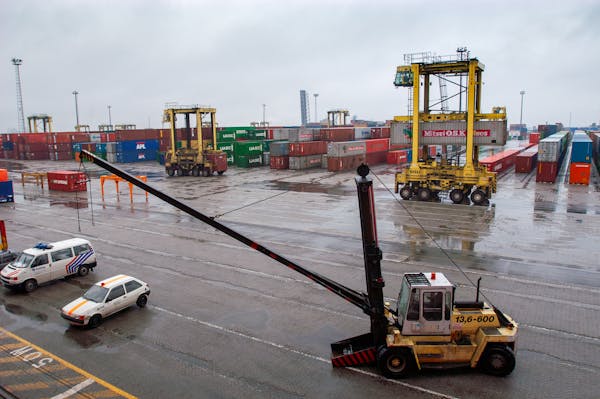Shipping Fish Tanks from Guangzhou/Shenzhen to Malmo Port, Sweden: Full Container and LCL Options
When shipping fish tanks from Guangzhou or Shenzhen to Malmo Port, Sweden, you have several shipping options, including Full Container Load (FCL) and Less-than-Container Load (LCL). Each option has its specific benefits and considerations, depending on the size and volume of your cargo. Below is an overview of the shipping process, including the time frame, packaging considerations, and transport details.
Shipping Options: FCL vs. LCL
Full Container Load (FCL): For larger shipments, using a Full Container Load (FCL) is often the most efficient option. This means that your fish tanks will occupy the entire 20ft or 40ft container, ensuring a dedicated space for your goods. FCL shipments from Guangzhou or Shenzhen to Malmo Port usually take around 38 days by sea, depending on the exact route and weather conditions.
- 20ft and 40ft Containers: FCL shipping is available in both 20ft and 40ft containers. A 20ft container typically accommodates around 10-12 fish tanks, depending on their size. A 40ft container can hold more, making it a good choice for bulkier shipments.
Less-than-Container Load (LCL): If your shipment is smaller and does not require a full container, you can opt for Less-than-Container Load (LCL) shipping. With LCL, your fish tanks will share container space with goods from other customers. The sea transit time remains the same as FCL, typically around 38 days, but the logistics of consolidating and deconsolidating the goods may add some time to the overall shipping process.
- Cost-Effective for Smaller Shipments: LCL is a more affordable choice for smaller shipments, as you only pay for the space you use in the container.

Packaging Considerations
Fish tanks are fragile items, so proper packaging is essential to ensure they arrive at Malmo Port safely and without damage. The following packaging guidelines should be followed:
Protective Wrapping: Each fish tank should be individually wrapped with high-quality bubble wrap or foam padding to cushion against shocks and vibrations during transit. This helps prevent cracking or breaking, especially during long-haul shipping.
Reinforced Box or Crate: After wrapping, the fish tank should be placed inside a sturdy, reinforced cardboard box or wooden crate. Wooden crates provide additional protection, particularly for larger or heavier tanks. If you’re shipping multiple tanks, use dividers to prevent them from coming into contact with one another, reducing the risk of damage.
Sealing and Labeling: All boxes or crates should be sealed securely using strong adhesive tape. Additionally, clear and visible labeling should be applied to indicate the fragile nature of the cargo, along with any handling instructions such as “This Side Up.”
Cushioning Inside the Container: Inside the shipping container, the fish tanks should be securely positioned to minimize movement during transit. Use additional padding materials, such as foam blocks or airbags, to keep the tanks in place and protect them from shifting during handling.
Temperature Considerations: Fish tanks may require a controlled environment to ensure the safety of the contents, especially if they contain living organisms. Consult with the shipping company about the possibility of temperature-controlled containers or reefer containers if necessary.



